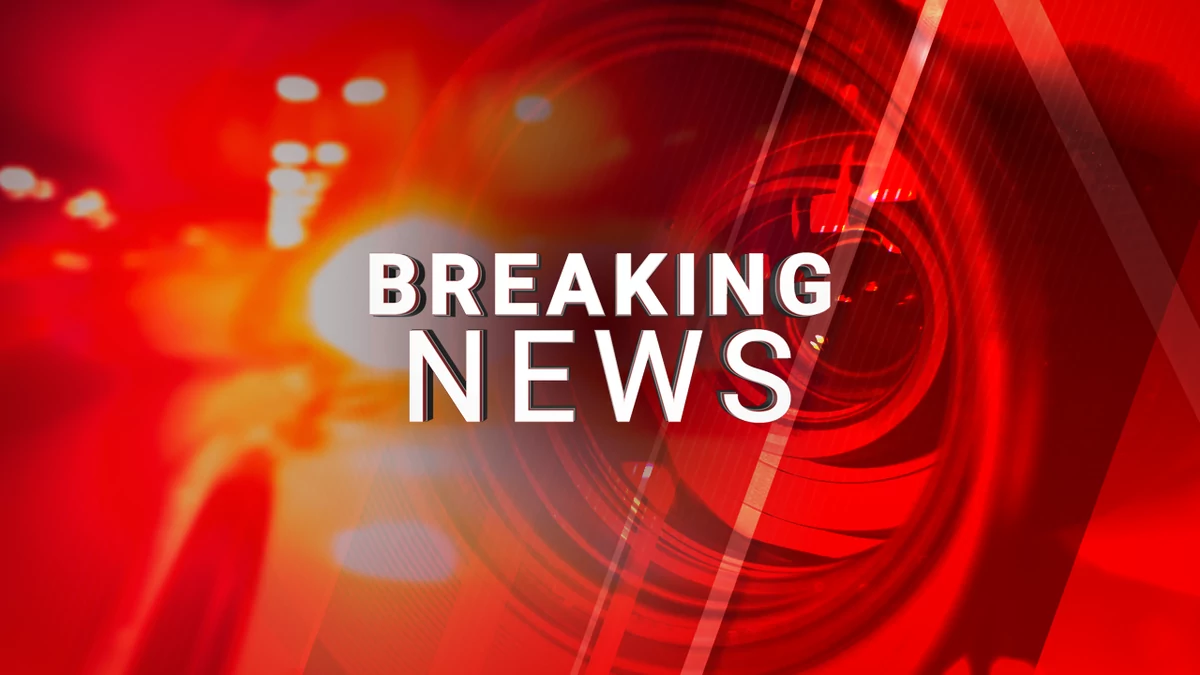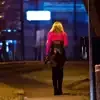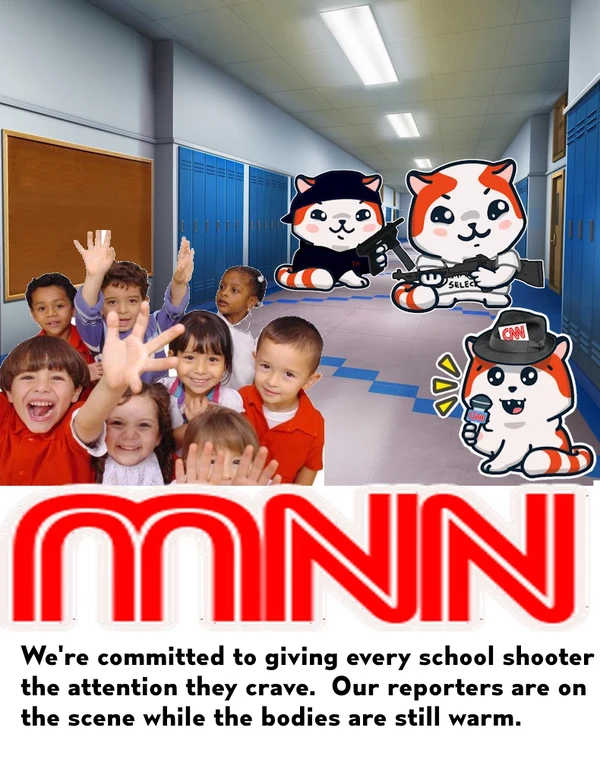- 3
- 16
- 3
- 17
- 4
- 14
- 8
- 22
- 19
- 24
- 6
- 55
The mod Motherboard spoke to said that the subreddit was brigaded—a form of online trolling against a person or community where members of another community flood their target with harassment—after troll site rdrama caught wind of the AI art debate happening on /r/Art, at least partially because of the virality of Moran’s tweets, and because a YouTuber with a large following posted a video about the situation that’s gathered nearly 365,000 views.
- 5
- 17
Orange site: https://news.ycombinator.com/item?id=34275084
Public schools in the U.S. have lost more than a million students since the start of the pandemic, prompting some districts across the country to close buildings because they don't have enough pupils or funding to keep them open.
The school board in Jefferson County, Colo., outside Denver, voted in November to close 16 schools. St. Paul, Minn., last summer closed five schools. The Oakland, Calif., school board last February voted to close seven schools after years of declining enrollment and financial strife.
Declining birthrates, a rise in home schooling and growing competition from private and charter schools are contributing to the decline in traditional public-school enrollment, according to school officials.
Districts in cities including Denver and Indianapolis have developed plans to shut down underused schools, and superintendents say more closures are inevitable unless enrollment drops are reversed.
"We are subsidizing and adding funds to those schools as much as we possibly can, but it's just not sustainable," said St. Paul Public Schools Superintendent Joe Gothard.
Nationwide, public-school enrollment fell by more than 1.4 million students to 49.4 million between fall 2019 and fall 2020—a decline of roughly 3%, according to data from the U.S. Education Department. The following school year, enrollment failed to return to prepandemic levels and remained roughly flat.
In those three years, enrollment fell in roughly 85 of the nation’s largest 100 public-school districts for which data was available, according to a Wall Street Journal analysis. New York, Los Angeles, Philadelphia and Fort Worth, Texas, all saw school-system enrollment drops of around 10%, the analysis found.
Covid-19 struck as enrollment was already dropping in many cities as a result of decreases in numbers of school-age children and the rise of other educational options such as private schools and remote lessons.
Charter-school enrollment rose more than 7% from the 2019-20 school year to the 2020-21 school year, and then fell slightly in the 2021-22 school year to about 3.7 million students, according to the National Alliance for Public Charter Schools.
Districts that lose students face drops in funding, because most public schools are funded by cities, states and the federal government on a per-pupil basis. Those cuts play out differently due to variations in local statutes, and a one-time influx of federal relief funding has so far spared many from feeling the hit, superintendents said.
School closures are often widely opposed by families and teachers, and often trigger prolonged battles between parents, unions and districts. Superintendents and boards typically see shutting schools as a last resort.
Superintendents said closing schools can send the message that the district is struggling, and can lead more families to leave, further depleting enrollment and funding. “Nobody wants to close a school,” said Tracy Dorland, superintendent of Jefferson County Public Schools, whose board approved her plan to shut down underused campuses.
Ms. Dorland said one school in her district had a first-grade class with five students. Grades have been combined to fill classrooms, she said, sometimes with a single teacher delivering instruction to students of different ages.
Elective classes and extracurriculars in the underenrolled schools were almost nonexistent because they couldn’t afford to hire enough staff and the schools had too few children to foster social development, she said.
Ms. Dorland said fewer families in her district are having children, and rising home prices have pushed many to relocate. Other families, she said, chose to move to cheaper or more desirable locations because they began working remotely in the pandemic and no longer had to commute.
Under the plan approved by her board, Ms. Dorland is shifting families enrolled in closing schools to nearby campuses. Old buildings might be turned into community centers or sold to fund new programs, she said. Staffers will be deployed at other campuses, but not all will be guaranteed jobs.
School systems tend to run smoothly in periods of expansion, fueled by a growing tax base, said
"Districts don't want to shrink in the same way that we see in other industries," Dr. Roza said. Schools with few students can become very expensive to operate, on a per-pupil basis, she said, leading districts to defer building maintenance and put off other investments.
Denver Superintendent Alex Marrero sought this fall to close 10 schools. His district has lost several thousand students since 2017, he said, and projects the loss of another 3,000 over the next five years. The loss, he said, equals the disappearance of almost $100 million in tax revenue for the district.
Pushback from residents compelled Dr. Marrero to halve his list of 10 and then ultimately trim it to two schools, which have a combined enrollment of just over 200. His board in November rejected those two closures, with some board members saying the plans needed more input from families.
"There's no leader of a school district who wants to wear the moniker, 'that's the superintendent who closes our schools,'" Dr. Marrero said.
Los Angeles Superintendent Alberto Carvalho has gone door to door to encourage families to enroll in the city's schools. "I owe this community that, before we close any," he said.
But if enrollment doesn't continue to stabilize, Mr. Carvalho said, combining schools is a possibility.
Consolidating a number of smaller schools into fewer, larger ones can allow for greater variety in classes and extracurricular activities at lower costs, superintendents said.
Indianapolis Public Schools Superintendent Aleesia Johnson in November won approval from her board for a reorganizational plan that includes the closing of six schools and the merger of others.
The changes will result in bigger schools that can offer a full range of instruction, including subjects such as foreign language and algebra, she said. Shutting some schools is necessary for the district, which before 1970 enrolled more than 100,000 students and now is less than one-third that size, according to Dr. Johnson.
"What we've done has not only centered on what's not going to be available anymore," she said, "but also the future."
- 3
- 10
- 9
- 20
- 1
- 13
- 1
- 11
- 1
- 7
- 3
- 8
I hope the Freedom Caucus sets a new record and get's it to over a hundred failed Speaker votes.
- 21
- 46
Prince Harry 'took cocaine at 17' and 'killed 25 people in Afghanistan'https://t.co/RrgQCQpI6O pic.twitter.com/vnwBuByxB9
— WalesOnline 🏴 (@WalesOnline) January 5, 2023
- 3
- 14
- JimothyX3 : Not relevant to drama and stupid


















 Putin Lost 110,000 Soldiers in Ukraine (And It Will Get Worse)
Putin Lost 110,000 Soldiers in Ukraine (And It Will Get Worse) 





























